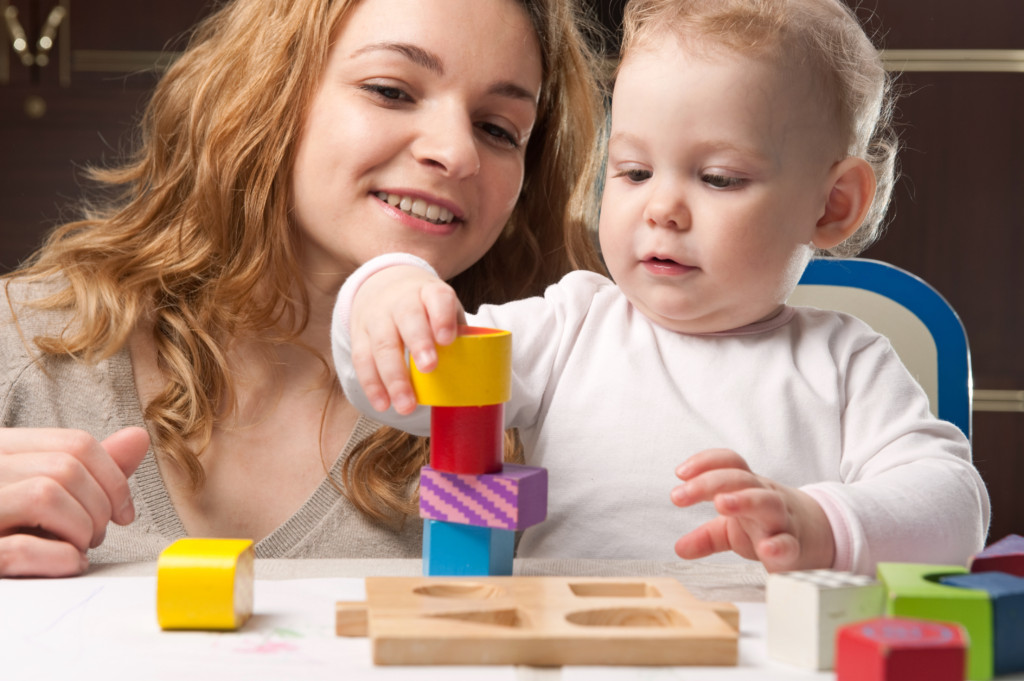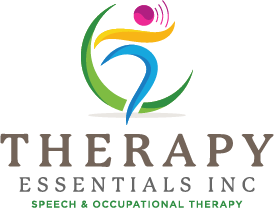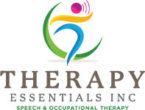
Speech Therapy for Children
The most critical years of language development are in the first five years of a child’s life. The brain is developing rapidly and children are most receptive to learning. This is not a time to “wait and see” if a child will grow out of it. Studies have shown that receiving early intervention can reduce or even eliminate future communication challenges.
“ An ounce of prevention is worth a pound of cure.”- Benjamin Franklin
Differences Between Speech & Language Disorders
Children who have trouble understanding what others say (receptive language) or difficulty sharing their thoughts (expressive language) may have a language disorder. Specific language impairment (SLI) is a language disorder that delays the mastery of language skills. Some children with SLI may not begin to talk until their third or fourth year.
Children who have trouble producing speech sounds correctly when talking may have a speech disorder. Apraxia of speech is a motor-speech disorder that interferes with putting sounds and syllables together in the correct order to form words.
Speech Language Pathologists can help your child reach their potential. Our therapists are able to conduct a detailed evaluation to determine the best plan for your child.
Milestones for speech and language development?
Every child learns to speak at his or her own pace, general milestones can serve as a guide to normal speech and language development.
- Smile when you appear
- Make “cooing” sounds
- Quiet or smile when spoken to
- Seem to recognize your voice
- Cry differently for different needs
- Make gurgling sounds when playing with you or left alone
- Babble and make a variety of sounds
- Use his or her voice to express pleasure and displeasure
- Move his or her eyes in the direction of sounds
- Respond to changes in the tone of your voice
- Notice that some toys make sounds
- Pay attention to music
- Try imitating speech sounds
- Say a few words, such as “dada,” “mama” and “uh-oh”
- Understand simple instructions, such as “Come here”
- Recognize words for common items, such as “shoe”
- Turn and look in the direction of sounds
- Recognize names of familiar people, objects and body parts
- Follow simple directions accompanied by gestures
- Vocabulary is mainly made up of nouns.
- Say as many as 10 to 20 words
- Use simple phrases, such as “more milk”
- Ask one- to two-word questions, such as “Go bye-bye?”
- Follow simple commands and understand simple questions
- Speak at least 50 words
- Understand 2 step commands such as “Get your socks and put them in the basket”
- Use pronouns I, you, me correctly
- Use some plurals and past tenses
- Understand prepositions, usually in, on, under
- Know chief parts of body and indicate these if not name
- Produce three word sentences easily
- Has in the neighborhood of 900-1000 words
- About 90% of what child says should be intelligible
Signs Your Child May Need a
Speech-Language Evaluation:
Not smiling or interacting with others (3 months)
Not babbling or playing with sounds (7 months)
Not using gestures/pointing (7-12 months)
Not able to follow simple commands “Give Me” (age 15 months)
Not using 5- 10 words (age 18 months)
Difficulty engaging with peers (age 24 months)
Unable to put words together (2.5 years)
Difficulty with pre-reading tasks (producing letter sounds, sound blending, reading words)
Signs Your Child May Need a
Feeding Evaluation:
Difficulty gaining weight
Poor nutritional intake?
Difficulty transitioning to solids
Gastrointestinal issues or reflux limiting feeding ability
Diet limited by cutting out whole food groups, textures, and/or colors
Significantly adverse to trying new foods
Eating a limited variety of foods


